When you see the astonishing architecture we’re spoilt with across Sussex, you do have to pinch yourself.
To think our most impressive structures were built hundreds of years ago is simply fascinating.
Many of which are so incredible, they wouldn’t look out of place on an impressive movie set or as the location for the stunning cinematography you see in major hit fantasy TV shows, such as Game of Thrones.
Read more: Knepp Castle: The West Sussex estate where David Attenborough filmed his latest BBC show
Key moments in history have a knack for leaving impressive monuments beyond as fascinating reminders to people today.

You can sign up to SussexLive and comment on our stories by pressing here and logging in.
Signing up to the SussexLive newsletter means you’ll get the latest news direct to your inbox twice a day.
It couldn’t be simpler and it takes seconds – simply press here, enter your email address and follow the instructions. You can also enter your address in the box below the picture on most desktop and mobile platforms.
And there is none more so than a castle or even the ruins of one.
No matter your age, the towering stonework fortifications have the ability to wow and send your imagination into overdrive just thinking about what may have happened.
Sussex and especially its south coast has a long and rich history, as well as holding strategic importance, to kings, queens, and military minds of the past.
As such, the county’s rolling landscape is scattered with ancient castles that still stand ready to be visited today.
1066 became a pivotal year for the country as William the Conqueror set his sights on Sussex and Hastings and the surrounding area became a key battleground.
And while many castles and historic sites sprung up due to this invasion, not all in Sussex were a part of this fight.
Plus, not all sites and ruins are of castles.
There are plenty of abbeys, and stately homes that have fallen into disrepair from this but are equally impressive to visit and walk through.
Herstmonceux, Bodium, and Victorian renovated Arundel castles are among the best preserved while others including Knepp Castle are little more than a bullet point on the landscape.
Arundel Castle
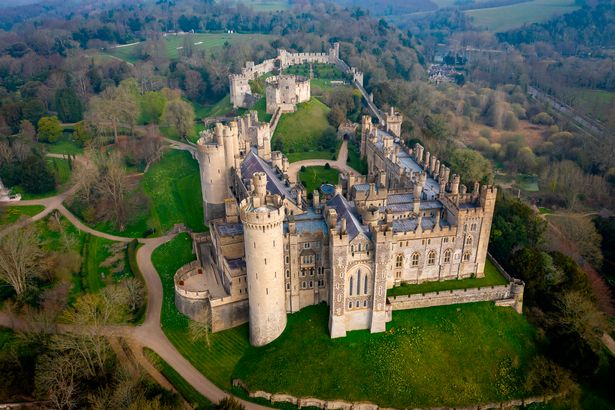
(Image: Adam Gerrard / Daily Mirror)
Sat high on a hill at the edge of the South Downs overlooking the River Arun you will find Arundel Castle and Gardens.
Dutifully restored in the late 1800s the story of Arundel Castle began in 1067 but saw many revisions in the coming years.
The castle was granted to Roger de Montgomery when he was declared the first Earl of Arundel.
When he died it reverted to the Crown and King Henry I. It was then passed down in a line of descendants until it became a landmark in the English Civil War when it was damaged.
Today, visitors can enjoy the quaint streets of the town below as well as visit the castle and the gardens so they too can step inside a part of history.
Bodium Castle
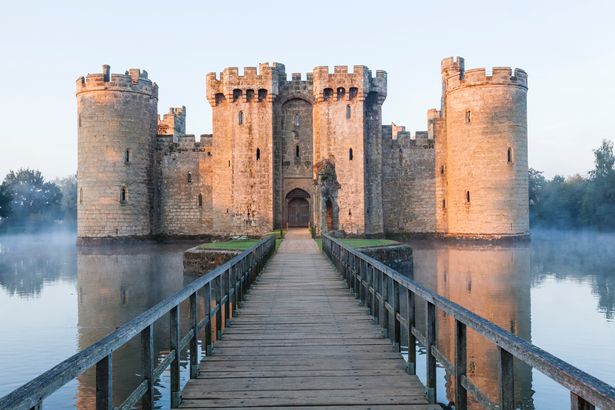
(Image: Prisma Bildagentur/Universal Images Group via Getty Images)
In the heart of the High Weald Area of National Beauty on the Sussex/Kent border lies a storybook castle complete with moat and looming towers.
Built around 1380 by a knight of Edward III Bodium Castle was a symbol of power in a turbulent era.
It was constructed to defend against the French invasion in the Hundred Years War but played a more pivotal role in the War of the Roses.
The well-preserved monument is now operated by the National Trust and can be visited year-round to provide a glimpse into castle life.
Herstmonceux Castle
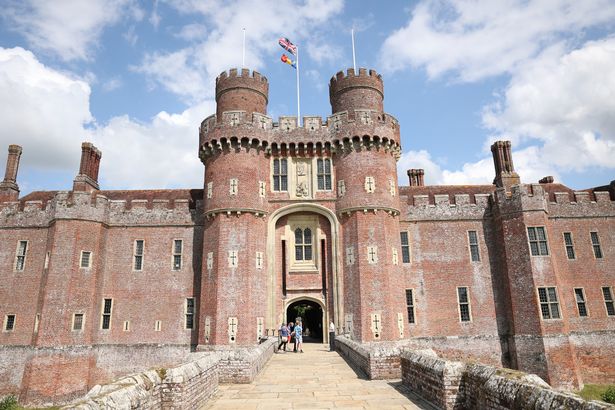
(Image: Martin Burton/SussexLive)
The 300-acre estate and gardens of this Tudor-style castle was built in the 15th century and today doubles as an events space.
The Grade II listed building is one of the oldest standing buildings in the UK.
It has seven pristine English gardens on its land stretching from the rear of the property while at the front is a semi-moated fortification.
Ypres Tower and Rye Castle
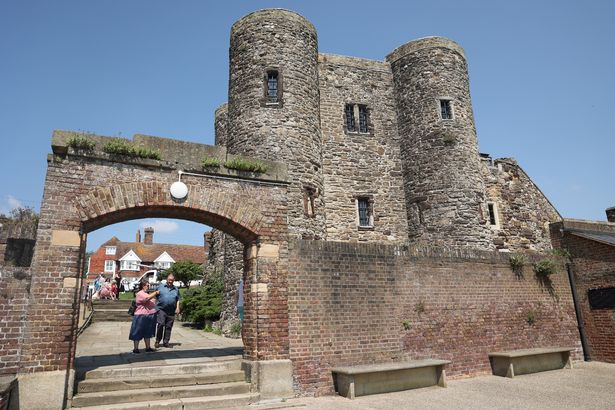
(Image: Martin Burton/SussexLive)
At the foot of town in Sussex’s picturesque Rye you will find Ypres Tower staring out over the River Rother and towards Rye Harbour.
The fortification was built in the 14th century as part of the town’s defences and was later used as a prison and a mortuary.
Today the tower features as the town museum and include an original spiral staircase that takes visitors to the first floor and a balcony where they can imagine they are one of the soldiers defending the town.
Camber Castle
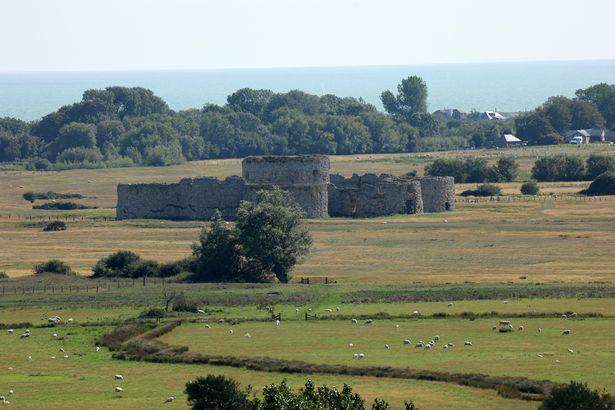
(Image: Martin Burton/SussexLive)
Close to Rye’s Ypres Tower you will find Camber Castle a short way out in the coastal nature reserve.
A mile’s walk from the town, the Tudor fort was built by King Henry VIII and stood at the time as an artillery fort.
It is possible to visit, however, tours are only offered occasionally.
Lewes Castle
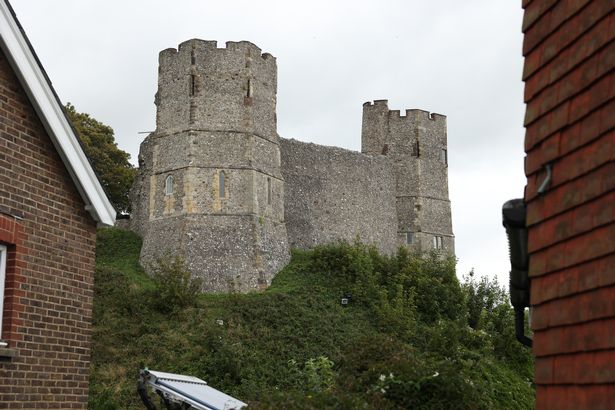
(Image: Martin Burton/SussexLive)
This Norman castle in the shadows of the South Downs was built after the Battle of Hastings.
The tower provides stunning views over the town below and into the wider Sussex countryside.
This is as well as hosting an adjoining museum that showcases artefacts spanning Sussex’s prehistory right through to medieval times.
Knepp Castle
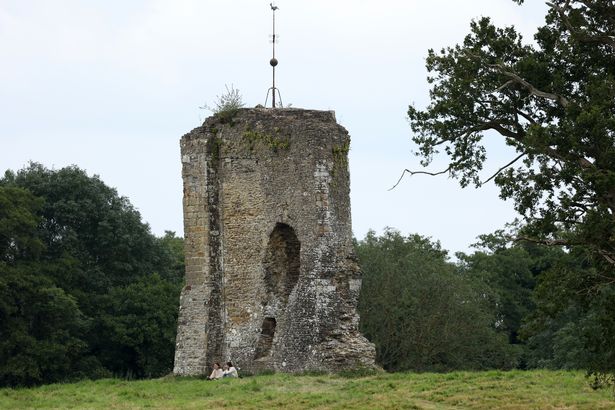
(Image: Martin Burton/SussexLive)
The ruins of Knepp Castle are now a small feature on the Knepp Castle Estate and feature just a single tower on a grassy mound that can be seen from the A24.
However, the 3,500-acre estate is now home to West Sussex’s pioneering rewilding project the recently featured in Sir David Attenborough’s recent documentary.
The ruin dates back to the 12th century and was a fortified retreat from Bramber Castle used mainly as a hunting lodge.
Today visitors can take a walk through the grounds where they will come face-to-face with Sussex wildlife while marvelling at the history and royal links all around them.
Cowdray Ruins
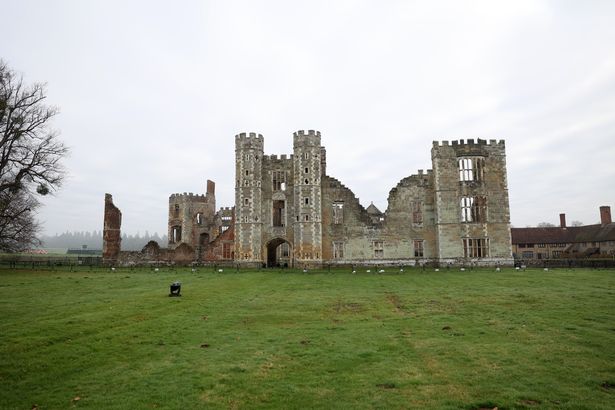
(Image: Martin Burton/SussexLive)
While not a castle, Cowdray ruins mark the remnants of one of Tudor England’s most important houses.
Cowdray is known to have been visited by both Henry VIII and Elizabeth I.
In the long and storied history of the site, Cowdray is said to have been cursed by a monk when the property was sold during the 16th century and the dissolution of monasteries.
Today visitors can walk among the ruins during heritage events throughout the year and during the festive period, the site hosts a spectacular light show.
For more stories from where you live, visit InYourArea.




















![[Book Review] The Blade Itself (The First Law Trilogy) by Joe Abercrombie](https://bendthekneegot.com/wp-content/uploads/2018/01/1516047103_maxresdefault-218x150.jpg)

















